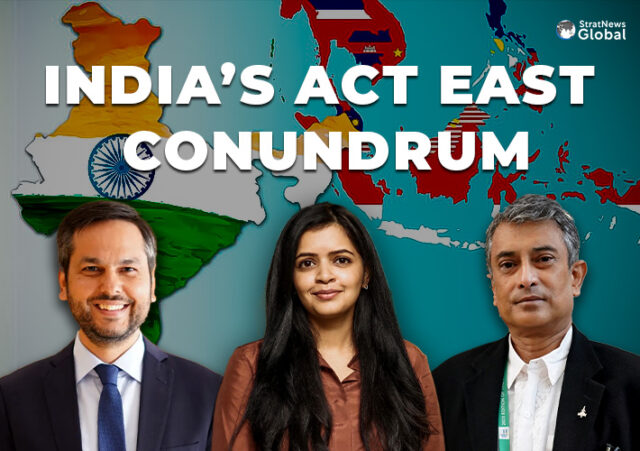Despite all the attempts and initiatives by successive governments to increase connectivity with our neighbours to the east, India had far better overland connections with Nepal, Bangladesh, Bhutan, and Myanmar (then known as Burma) in the 1960s and earlier than it does now. The Look East and Act East policies as well as the Neighbourhood First policy seem more focused on maritime and even digital connectivity, while inland and overland connections remain mostly in the doldrums.
In a paper titled Beyond the Coastline: India’s Land Connectivity Options around the Bay of Bengal, Riya Sinha and Constantino Xavier from the Centre for Social and Economic Progress in New Delhi delve deep into this paradox. Arguing that ‘India must prioritise the development of multimodal transportation infrastructure beyond coastal areas to bridge the current gap between maritime and land-based initiatives around the Bay of Bengal and spur the creation of sub-regional, regional, and inter-regional economic corridors,’ the two authors, considered to be top-rung experts in this domain, suggest ways and means to do this.
In this episode of The Gist, they explain how a once-insular India, surrounded by suspicious neighbours, each with a different agenda, has tried to overcome these challenges, and suggest ways and means to resolve the myriad issues that are involved. Watch the full interview to find out more.
















